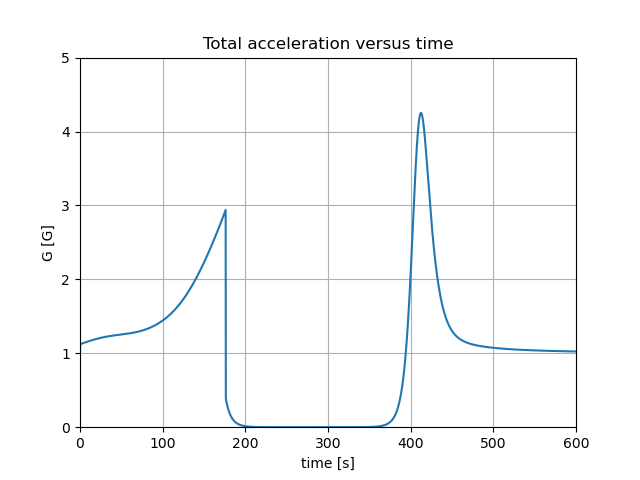A typical space flight profile:
After the air launch, the spacecraft climbs on full thrust to a near vertical attitude. The acceleration builds up to approximately 3 G, after which the engines are shutdown at an altitude of approximately 55 km. The spacecraft is brought in feather configuration for the reentry later on.
Then, the spacecraft coasts in microgravity environment to an apogee altitude of about 105 km, crossing the Kármán line, making it a true space flight. During the descent, the spacecraft starts to feel the atmosphere at about 60 km altitude. This marks the end of the microgravity phase, and the start of reentry.
Reentry takes about one minute, in which the deceleration peaks at about 4.5 G. At an altitude of approximately 20 km, the spacecraft is defeathered, and is now flying at normal 1 G conditions. It is flown like a glider aircraft back to the runway, where an unpowered landing occurs.
The total flight time is approximately 30-40 minutes, depending mainly on apogee altitude and downrange flight distance.

